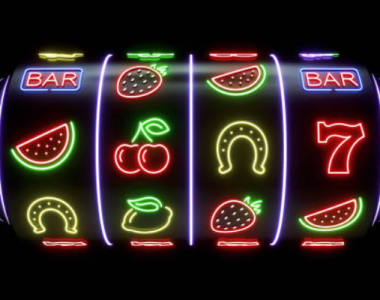
Betting on football is not easy – just ask anyone who has tried it regularly. Making consistently good predictions requires more than just knowing which teams are “good” or watching Match of the Day highlights. My buddy Dave says that proper match analysis reminds him of playing in a casino live today events – you need both gut feelings and cold hard statistics to get ahead.
Look Beyond the League Table
League positions only tell you so much. A team sitting 12th might be on a three-game winning streak, while the 5th place squad just lost their star striker to injury. Recent form matters more than overall standing, especially as seasons progress.
Dig into the last 6-8 games rather than full-season records. Pay attention to when goals happen too – teams that consistently score late might have better fitness, while those conceding late might have concentration issues. Home and away splits reveal tons about a team’s character. Some squads become absolutely toothless away from their own ground, while others actually perform better without home pressure.
Watch out for those weird statistical quirks too. Sometimes a mid-table team hasn’t won on Sundays in two years, or can’t seem to beat teams wearing red. These patterns probably don’t have logical explanations, but they exist nonetheless, and sharp analysts track them.
Who’s Actually Playing?
Seems obvious, but you’d be shocked how many bettors ignore team sheets. Late injury news can completely flip match expectations. The absence of a defensive midfielder might not make headlines like when a star forward is out, but it can actually affect team performance more dramatically.
Johnny Wilson, who writes for that football analysis blog, told me about tracking what he calls “tactical injuries” versus “talent injuries.” He explains: “When Liverpool lost Van Dijk, that wasn’t just about missing a great defender – their entire defensive system collapsed because he organized everything. Meanwhile, sometimes a team loses their flashy winger with great stats, but the replacement actually fits the manager’s system better.”
Keep tabs on player minutes too. That expensive striker who’s played every minute of every match including cup games? He’s probably running on fumes by April. Rotation policies vary wildly between managers – some keep a consistent eleven while others constantly tinker. Understanding these patterns helps predict performance dips before they show up in results.
The Manager Factor
Never underestimate how much a gaffer influences matches. Some are tactically stubborn, playing the same way regardless of opposition. Others are chameleons, completely changing approaches between games. This drastically affects how matches play out.
After getting hammered by counter-attacks three games straight, will that possession-obsessed manager finally adjust his high defensive line? These tendencies create predictable patterns you can exploit.
New manager bounces are real but unpredictable. Sometimes teams immediately improve under fresh leadership; other times they look lost implementing new ideas. When managers change, look at their previous clubs for clues about tactical preferences and how long they typically need to implement their style.
The Schedule Tells Stories
A team playing their third match in seven days often drops off significantly in the second half. European competitions create even bigger headaches – watch how managers prioritize when juggling multiple tournaments.
Context explains weird results too. That shocking home defeat might look different when you realize the team had just returned from a grueling away European fixture with travel delays. Physical and mental fatigue accumulates throughout seasons, particularly for teams with international players who barely get breaks.
Tim, who’s been covering the Championship for ages, swears December results predict spring collapses: “Teams without rotation options often string together impressive winter runs but completely fall apart in March when those same eleven players hit the wall physically.”
Head-to-Head Patterns
Some matchups defy logical explanation. That struggling team somehow always raises their game against the league leaders. The mid-table manager who consistently outsmarts a more decorated counterpart. These patterns often persist despite personnel changes.
Certain playing styles naturally counter others. Possession teams sometimes struggle against organized low blocks with quick counter-attacking options. High-pressing teams might dominate possession-based opponents but get torn apart by direct play that bypasses their press.
Rivalries throw form guides out the window entirely. Local derbies often produce chaotic matches where psychology trumps quality. Players who normally appear calm suddenly make rash decisions. Referees seem to interpret rules differently under intense atmospheres too, affecting card counts and penalty decisions.
Environmental Factors
Weather affects matches more than most realize. Heavy rain turns possession football into a lottery and negates technical advantages. Extreme heat slows games dramatically and benefits teams with possession. Strong winds make a mockery of aerial play and long passes.
Stadium dynamics create measurable effects. Some grounds have notoriously poor pitches that disrupt passing teams. Others feature unusual dimensions – narrow pitches condense play, while exceptionally wide ones stretch defenses. Then there’s crowd factor – certain fanbases genuinely influence referee decisions and player confidence through sustained pressure.
Travel distance impacts performance predictably. Studies show significant performance decreases when teams travel over 200 miles for matches, especially for early kickoffs. This effect amplifies when crossing time zones for European competitions.




